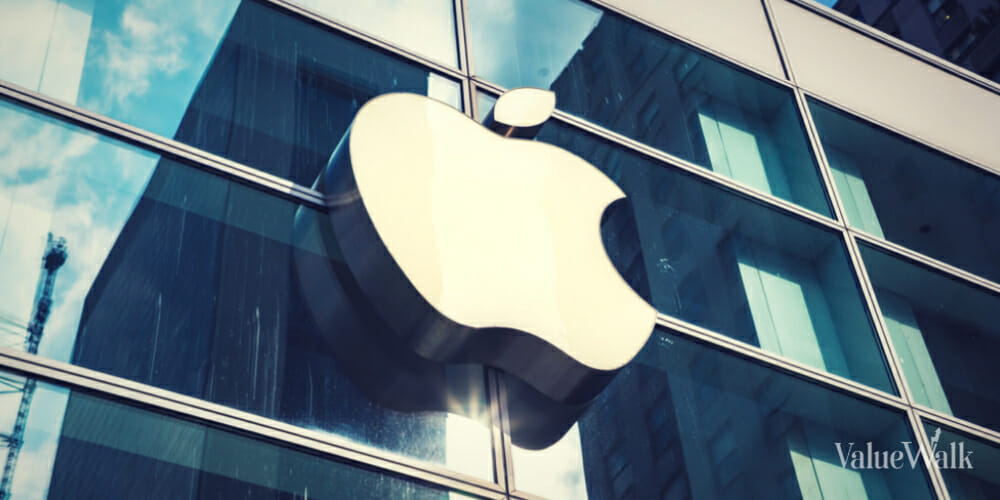For Tesla cash burn has been one of the biggest reasons bears have for saying that the company can’t make it. One firm estimates that the automaker will have burned through more than $10 billion in cash since it went public, and then it went further by looking for precedents that support such a high level of cash burn. As it turns out, there happen to be at least four large companies that have burned that amount of cash, but does Tesla have anything in common with them other than burning $10 billion in cash?
In a note dated Sept. 27, Bernstein analyst Toni Sacconaghi, Jr. reiterated his Market Perform rating and $265 price target on Tesla stock remaining comfortably on the sidelines on what has been a polarizing name for years. Tesla stock has been tumbling since hitting its record high earlier this month just below $390. Its current valuation has given it a market capitalization of about $57.24 billion, making it the second-most valuable U.S. automaker after General Motors, even though it doesn’t sell nearly as many cars.
So will the Tesla cash burn problem result in bankruptcy? That’s the ultimate question bulls must answer for themselves. According to Sacconaghi, bears argue that there aren’t any precedents for a company with a $60 billion market cap that burns as much cash as Tesla has, so he went out and found some precedents. He set forth Netflix, Uber, Walmart and Home Depot as precedents for the Tesla cash burn levels after screening all companies on U.S. indices that have a market cap of more than $50 billion.
After starting with that screen, he then looked in the companies’ histories to see whether they had ever gone through “extended periods of highly negative cash flows.” He noted that this screen does zero in on large companies that have survived such times but added that this bias is a favorable one because it identifies firms that have indeed made it through periods of Tesla cash burn level proportions. After all, bears argue that any company that burns $10.6 billion in cash will go under, so the whole point of the exercise is to find a company that has done it without going bankrupt.
Sacconaghi found that most high-growth companies were already funding themselves by the time their valuations surpassed $50 billion. The prime example was Amazon, which has long been criticized for dumping all its profits into investments for future growth, such as warehouse infrastructure. It achieved a $60 billion market cap in 2009, but it already had more than $3.3 billion in annual free cash flow, after adjusting for inflation.
Indeed, the Tesla cash burn story seems to be bucking the trend, as he found that most big spenders “saw their valuations capped … during their periods of heavy capital spending,” he wrote. We would add here that in those cases, investors obviously saw how much cash they were burning and thus wouldn’t send their stocks above certain levels, but there were still those four shining examples.
However, Sacconaghi noted that in Walmart’s case, he found “little indication that Walmart’s cash burn during the mid-1990s directly depressed its valuation,” as he cited other concerns such as execution, revenue and earnings growth, and other fundamentals. The Tesla cash burn situation could be seen in a similar light because obviously, it isn’t depressing the automaker’s valuation even just a little.
Netflix also bears a different resemblance to Tesla in that it is still a polarizing stock, and it’s unclear whether all the cash it has been burning on content will bring ultimate success. The point here is that bulls see the company as well-positioned to rule the transition to streaming on-demand video, just as Tesla stock bulls feel the automaker is well-positioned to rule the transition to electric and autonomous cars. Bernstein estimates that Netflix’s four-year cash burn rate has been $4.7 billion, while it pegs Tesla’s seven-year cash burn rate at $10.6 billion.
Of course Uber isn’t public yet, but Bloomberg reported earlier this year that it burned through at least $8 billion in its eight years of existence. Private funding rounds have given the ride-sharing firm a valuation of about $68 billion, Sacconaghi adds, which places it in the same camp as its public relatives.
So what is it about Tesla that causes investors to give it so much leeway? One thing we would note is that bulls seem to love the automaker’s story, but Bernstein found an interesting fundamental reason to do so, despite its keeping safely on the sidelines as far as its stock goes. Sacconaghi reports that Tesla has achieved a 91.9% compound annual growth rate on its sales over the last eight years, and he expects another 90% year over year growth rate next year. Walmart’s compound annual growth rate was 20.9%, while Netflix’s was 27.1% during their comparable periods. By the end of his report though, the Bernstein analyst recommended that investors wait because he expects the Tesla cash burn problem to send its shares plummeting.
Piper Jaffray analyst Alexander Potter offered up another reason to think that the Tesla cash burn issue isn’t as big of a problem as most think. He suggested in a note on Tuesday that China may eventually be the automaker’s “biggest source of revenue.” This is an interesting view and one that bears will strongly disagree with, not only because most Chinese can’t afford a Tesla but also because of tax breaks. Earlier this year, the automaker’s sales in Hong Kong reportedly fell to 0 after the tax break was scrapped. Last year, Tesla’s China sales grew to $1.07 billion from $319 million the year before.
Given that the Asian nation is the world’s largest auto market, it is one that Tesla must gain a solid foothold in, but Potter sees a strong possibility of this. The Wall Street Journal reported earlier this week that China was considering changes to the rules that require international firms to partner with domestic ones to manufacture vehicles within the country.
Nonetheless, Tesla was said to be close to an agreement to set up a factory to build its cars there over the summer. Further, even a small piece of the 24.3 million vehicle sales in China would be a boon for the automaker’s sales, Potter said, given that the U.S. peaked at 17 million vehicles in a year. He expects Tesla’s roomy vehicles to look attractive to the Chinese versus the “chintzy” EVs he says are made by domestic automakers.





